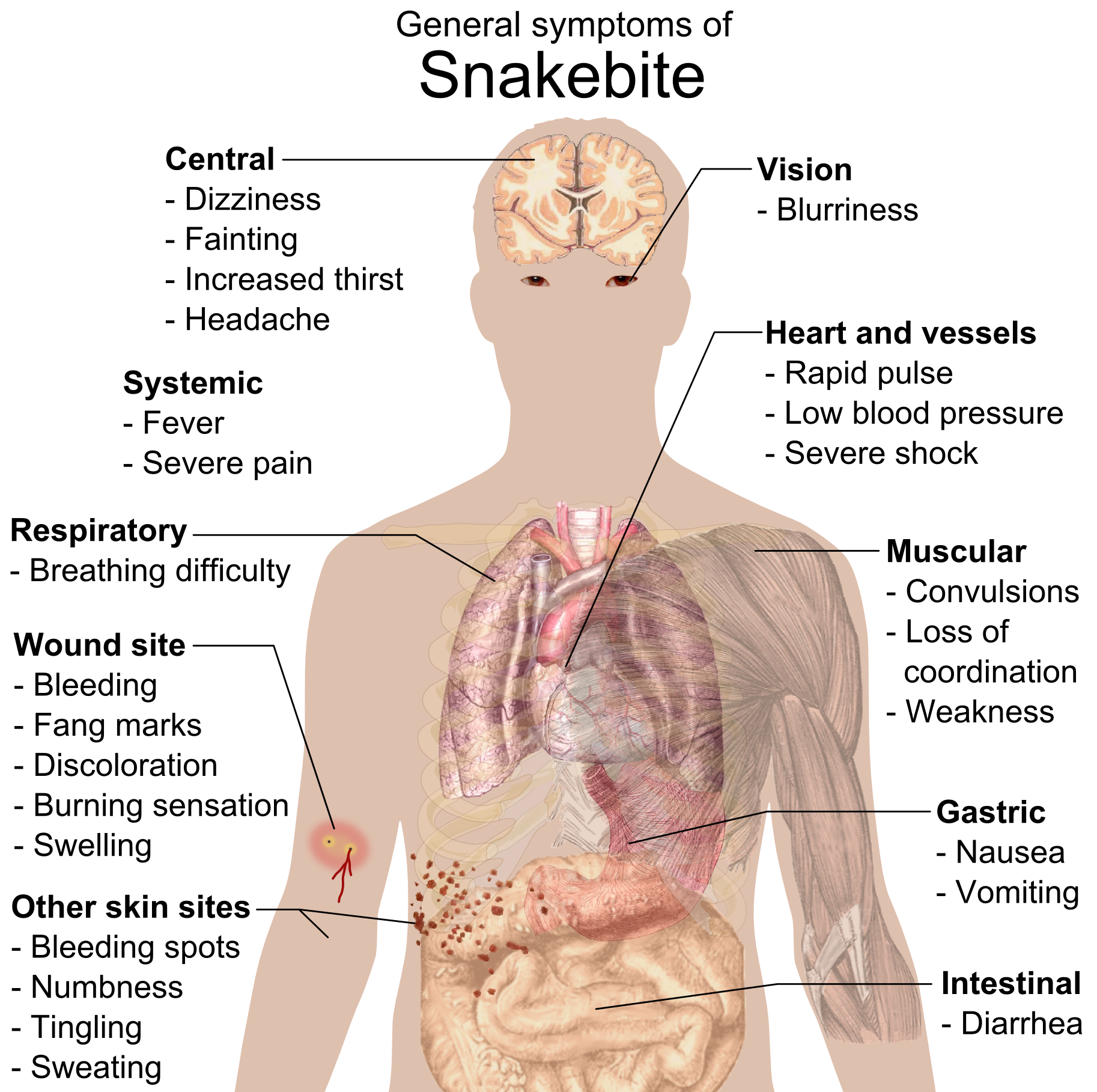A pandemic is the worldwide spread of an infectious disease. The outbreaks of severe acute respiratory syndrome coronavirus (SARS-CoV) in early 2003 the more recent COVID-19 are typical examples of such catastrophes descending on humankind. In a pandemic there are three basic factors involved : the agent , the host and the environment. The agent (A) is the infectious microorganism (a pathogen) that causes disease, the host (H) is the person/ organism that is susceptible to the agent and the environment (E) is the ambience in which the agent and the host interact. There might as well be a vector involved an animate or inanimate carrier of the disease, such as mosquitos or contaminated water.
Epidemiological models take into account several of these variable parameters and subject them to rigorous analysis using mathematical, statistical, and computational tools. Critical parameters are individually and collectively evaluated using appropriate equations. Based on logical verification and quantification forecasts are made. Even so, one should bear in mind that these models are simplified representations of a real complex phenomenon because only selected parameters and properties deemed essential to the process are included. A sure way to avoid any bias in this exercise is to include as many parameters as possible, even remotely connected.
Almost a century ago Kermack and McKendrick developed the SIR model of infection dynamics. The model is elegant in its simplicity. It divides the population into 3 categories: the Susceptible, the Infected and the Recovered. A recent refined version includes the re-Infected too and becomes the SIRI model. Either way the model allows real-time monitoring of the progression of the pandemic. The susceptible group represents the portion of the population that has not yet been exposed nor infected with the disease but could be infected in the future. The infected group represents the portion of the population that is both infected and infectious. The recovered group represents the portion of the population that has recovered from infection and developed immunity to reinfection. Differential equations represent the rate of change of each group over time and allow the computation of the transmission as well as recovery rates.
The Third Estate(Common man) carrying the load of
First(Clergy) and Second(Aristocrats)
But what happens if the pathogen is a rumor and the disease is panic among the population? Will the SIR model hold good? In a recent issue of Nature, Zapperi et al do just this exercise. They dissect the brief period of Grande Peur (The Great Fear) in French history when panic gripped the peasantry. It all began with a rumor that aristocracy is conspiring against them, the lesser mortals. Poor harvest, food shortage, unemployment, political turmoil etc. worsened the situation further. Based on eighteenth century French maps of roads, waterways, postal routes and riot onset dates Zapperi et al classified towns into susceptible, infected and recovered compartments. Then they pinned the nodal points and retraced the trajectories of unrest substantiating that rumor spreading is indeed amenable to epidemiological models.
But what of that? Grande Peur maybe past history, however the pathogen is still very much around: as AI empowered Fake News, spreading at lightning speed. What we need urgently is an effective tool to counter that.
REFERENCES:
1. Epidemic models: why and how to use them
2. The Great Fear of 1789 : Rural panic in Revolutionary France
4. Epidemiology models explain rumour spreading during France's Great Fear of 1789 Zapperi etal Nature 646 pp358-365 (2025).
5. Real-time fake news detection in online social networks: FANDC Cloud-based system











.png)
